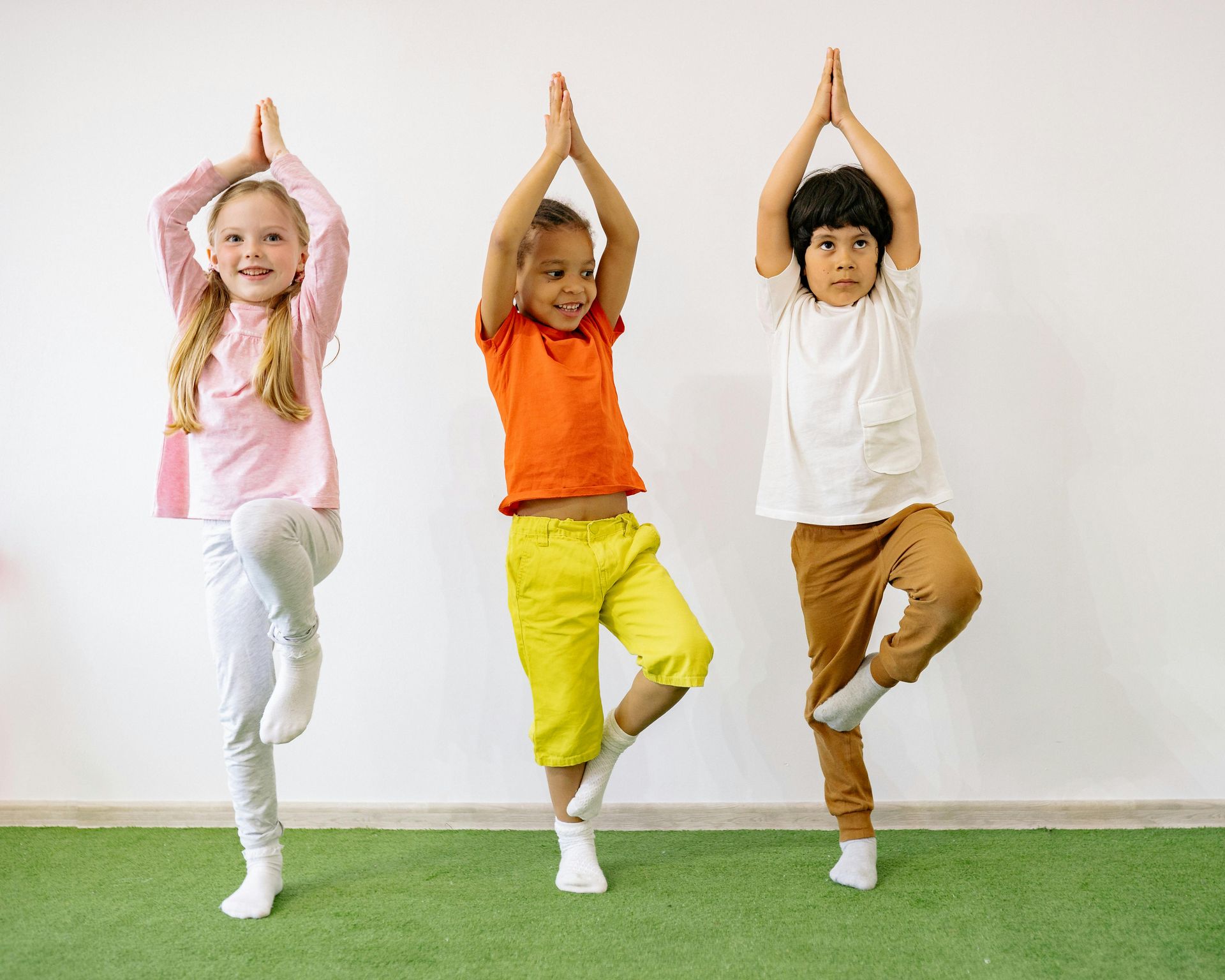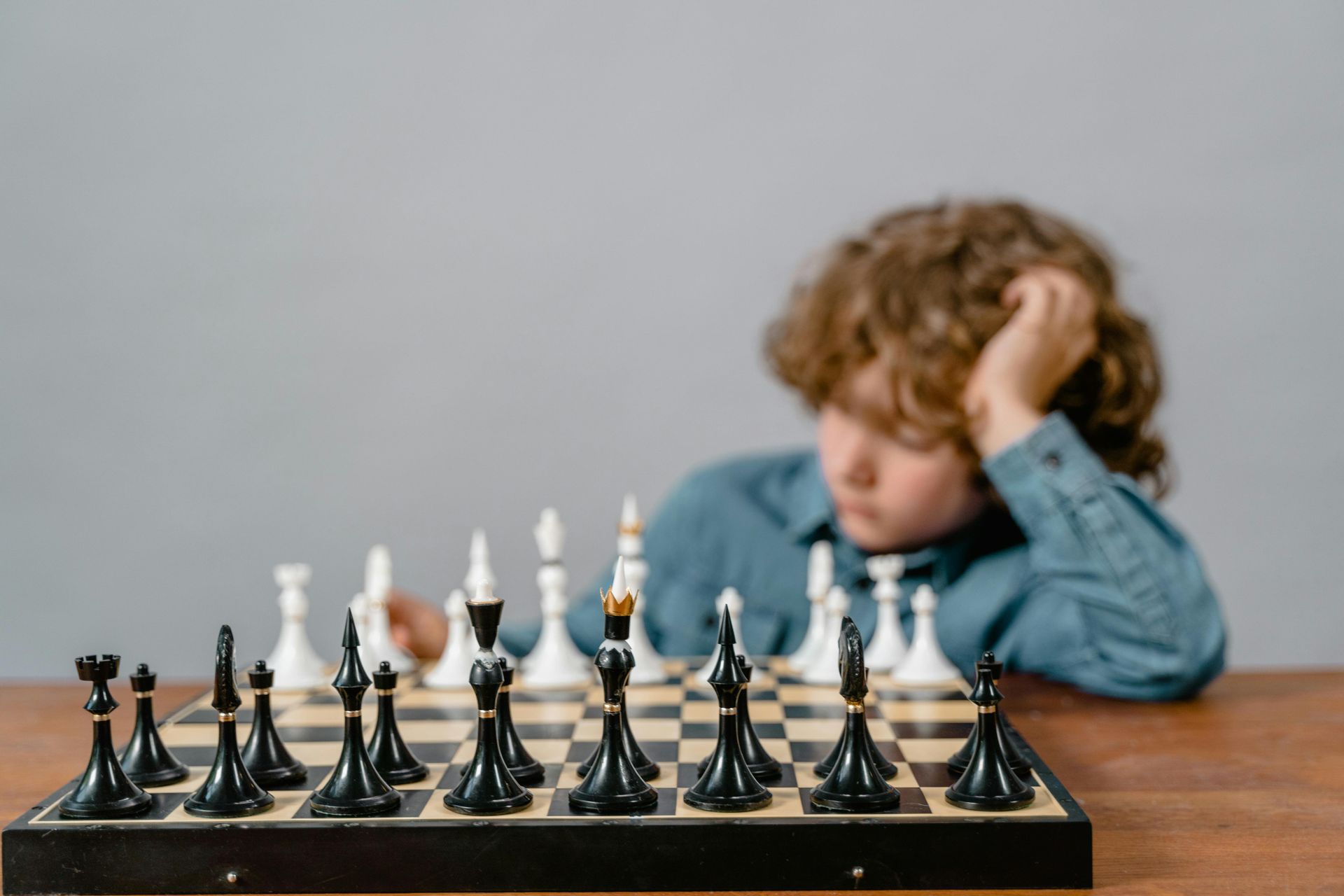Understanding Behavior, Response, and Response Class
Understanding Behavior, Response, and Response Class
Understanding key concepts in Applied Behavior Analysis (ABA) can help families better support their loved ones in developing meaningful skills and improving daily life. Three fundamental concepts that are often discussed in ABA are behavior, response, and response class. While these terms may seem similar, each has a unique meaning that plays a crucial role in understanding how behavior works and how interventions are designed to encourage positive changes.
What is Behavior?
Behavior is a broad term that refers to any observable and measurable action an individual engages in. This can include anything from speaking, walking, and writing to more subtle actions like blinking or fidgeting. In ABA, behavior is defined functionally, meaning it is considered in terms of its impact on the environment and its consequences rather than subjective interpretations. For example, when a child asks for a snack, the action of asking is considered a behavior because it can be observed and measured. According to Cooper, Heron, and Heward (2020), behavior is anything a person does that can be influenced by the environment, reinforcing the idea that behavior does not occur in isolation but as part of a larger context.
What is a Response?
A response, on the other hand, is a specific instance of behavior. It is a single occurrence of an action in response to a particular stimulus. For example, if a parent asks their child to pick up their toys, and the child complies, that action is considered a response. Responses can vary in form and intensity, even if they achieve the same function. In ABA, understanding responses allows behavior analysts to track progress, identify patterns, and determine the effectiveness of interventions. Responses are influenced by a variety of factors, such as environmental conditions, reinforcement history, and motivation. Skinner (1953) emphasized the importance of analyzing individual responses to understand learning and behavior change.
What is a Response Class?
A response class refers to a group of responses that share the same function or produce the same effect on the environment, even if they appear different in form. For instance, when a child wants attention, they might achieve this by raising their hand, calling out, or approaching the teacher. While these actions look different, they belong to the same response class because they serve the same purpose of gaining attention. Response classes are important in ABA because they help professionals develop interventions that reinforce desired behaviors across different forms, promoting generalization and flexibility. According to Baer, Wolf, and Risley (1968), understanding response classes allows practitioners to focus on functional outcomes rather than the topography, or appearance, of behavior.
Why Understanding These Concepts are Important for Families
Understanding the distinction between these concepts is important for families because it provides insight into how behavior is analyzed and how interventions are structured. For example, when teaching a new skill, families may notice that their child initially responds in one way but later develops different ways to achieve the same goal. Recognizing that all of these variations belong to the same response class can help caregivers understand that learning is occurring and that flexibility in responses is a positive outcome.
Practical Applications for Caregivers
In practical terms, considering behavior, responses, and response classes allow caregivers to support their loved ones more effectively. If a child is learning to request a toy, they might initially point, later use a picture card, and eventually say the word. All these responses serve the same function of requesting and can be reinforced to strengthen communication skills. This understanding also helps in reducing unwanted behaviors by identifying alternative responses that meet the same need without causing disruption.
The Role of Reinforcement
One of the key principles in ABA is reinforcing desired behaviors to increase their likelihood of occurring again in the future. By identifying behaviors and response classes, behavior analysts and families can ensure that reinforcement is applied consistently across different but functionally similar responses. This approach promotes independence and self-advocacy, as individuals learn that they can achieve their goals through a variety of acceptable means.
Individualized Intervention Plans
Moreover, the distinction between behavior, response, and response class helps in developing individualized intervention plans that cater to the unique needs of each individual. Some children may benefit from interventions that focus on expanding their response class by introducing new ways to achieve the same goal. Others may need support in refining specific responses to ensure they are effective and socially appropriate. By understanding these concepts, families can better collaborate with ABA professionals to set realistic and meaningful goals.
Environmental Influences on Behavior
It is also important to recognize that behavior is influenced by the environment, and changes in the environment can impact how responses occur. For example, a child might respond differently to a request depending on the setting, the presence of distractions, or their level of motivation at the time. This highlights the need for consistency in expectations and reinforcement across various environments to support generalization of skills.
Conclusion
In conclusion, behavior, response, and response class are foundational concepts in ABA that provide valuable insights into how individuals interact with their environment and learn new skills. Behavior encompasses all observable actions, while a response is a specific instance of behavior influenced by environmental factors. Response class groups different responses that serve the same function, allowing for flexibility and adaptation. Understanding these concepts helps families support their loved ones in meaningful ways, promote independence, and collaborate effectively with professionals to achieve positive outcomes. With a solid grasp of these principles, families can create supportive environments that foster learning and growth.
References
Baer, D. M., Wolf, M. M., & Risley, T. R. (1968). Some current dimensions of applied behavior analysis. Journal of Applied Behavior Analysis, 1(1), 91-97.
Cooper, J. O., Heron, T. E., & Heward, W. L. (2020). Applied behavior analysis (3rd ed.). Pearson.
Skinner, B. F. (1953). Science and human behavior. Macmillan.











